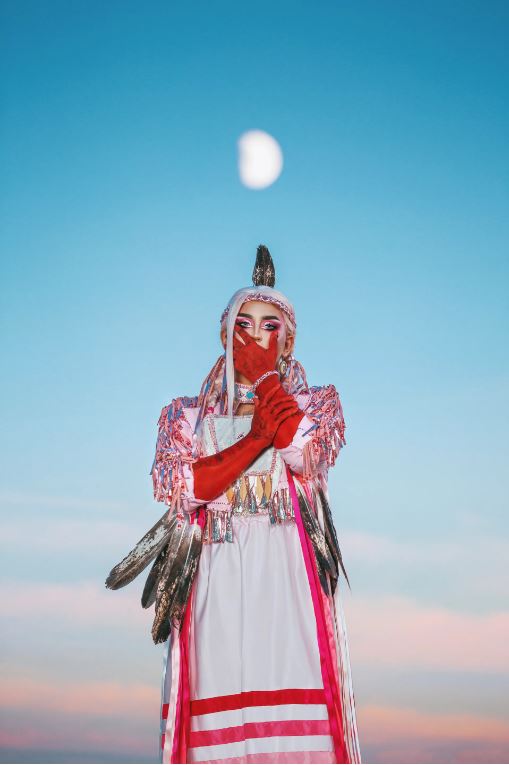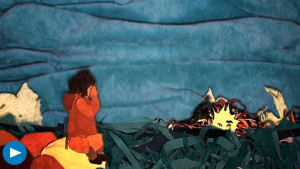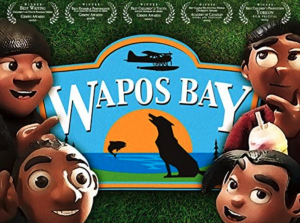
This is Ilona Verley, she identifies as trans and two-spirit and is from the Nlaka’pamux Nation. She was born in Nanaimo but grew up on the Skuppah reserve near Lytton, as well as in Vancouver. She has been a vocal advocate for the community of Lytton BC when it was decimated by wildfires, urging the government to show up and support her community. She was also a participant on season 1 of Canada’s Drag Race. Like so many others, Ilona also experienced shame about her Indigenous heritage and felt the pressure to be white-passing in order to be successful. Despite having a supportive family and community, she also experienced shame as a result of her queerness. Verley is outspoken about how European colonialism introduced homophobia and rigid gender roles that didn’t previously exist in many Indigenous societies and how competing on Canada’s Drag Race gave her an opportunity to combat that narrative.





